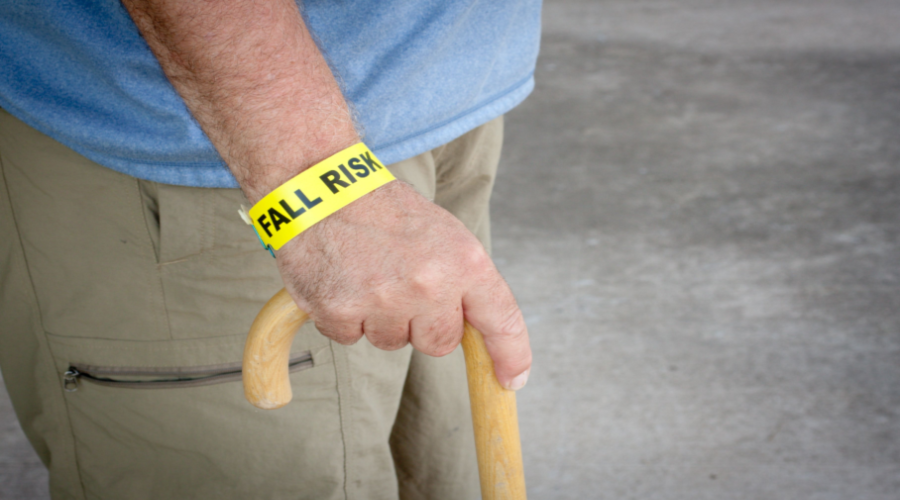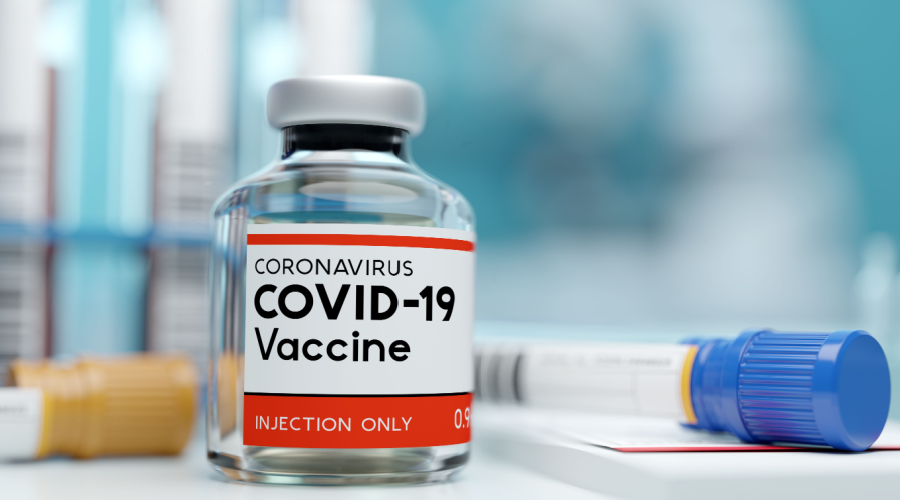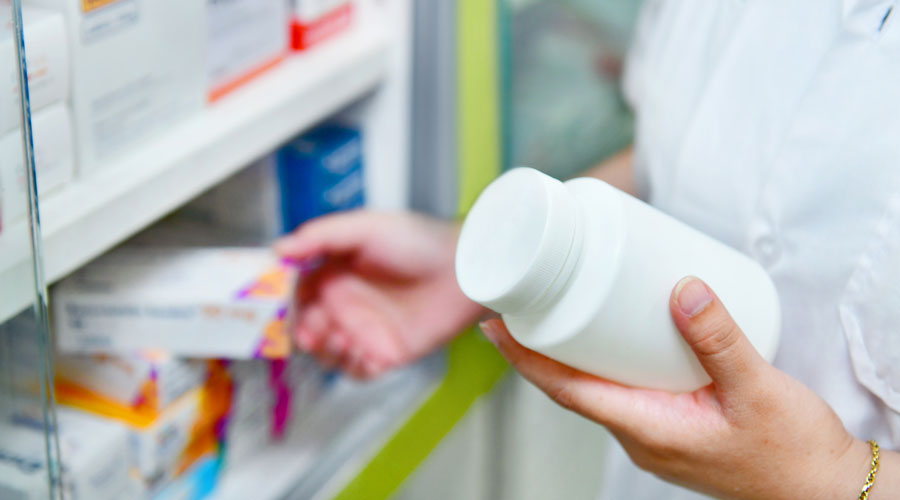One quarter of Americans aged 65 and older fall each year, according to the National Council on Aging. Falls are the leading cause of fatal injury and nonfatal trauma-related hospital admissions among older adults. The good news is that you can help reduce the risk of your patients falling.
Independent pharmacists are in an ideal position to help elderly patients prevent falls. Your expertise in drug therapy combined with your close relationship to your patients helps you to identify who is at risk, adjust their medication regimens, and provide counseling. For your older patients, falls are a serious threat. According to the CDC, one in five falls leads to a serious injury like broken bones or a head injury.
When a patient falls once, it doubles their chances of falling again. Because they are afraid of falling, some patients will become less active, which makes them weaker and actually increases their fall risk.
Many patients who have fallen neglect to bring it up with healthcare professionals. To get them the help they need, the CDC’s Stopping Elderly Accidents, Deaths, and Injuries (STEADI) initiative recommends healthcare professionals ask their older patients a few questions to identify risk factors and implement fall prevention measures.
Find out if patients have fallen within the past year, if they feel unsteady when they are standing or walking, or if they worry about falling. If patients answer “Yes” to any of these questions, it’s a signal to start providing important interventions and education.
Address Polypharmacy
Polypharmacy, or when patients use multiple medications, is a major contributor to falls, according to a 2016 study published in Frontiers in Public Health. Around a quarter of older adults take five or more prescription medications, increasing their fall risk.
Pharmacists can help address the risks of polypharmacy by providing medication therapy management (MTM) services.
Find out every medication the patient is taking, both prescription and over-the-counter medications and supplements. Analyze them for potential contraindications or duplications and look for ways to cut down on the number of drugs they are taking to reduce side effects.
Paying attention to adherence can also help. Sometimes, patients forget they have taken a medication and take it again, doubling the dosages and leading to potential adverse side effects.
Implement a medication adherence program like providing adherence packaging that sorts medications by the day and time they need to be taken. Then, patients can check the package to see if they’ve taken their evening dose or not.
Spotlight on Polypharmacy
Certain medications are particularly associated with an increase in falls, including:
- Anticonvulsants
- Antidepressants
- Antipsychotics
- Benzodiazepines
- Opioids
- Sedative hypnotics
Drugs with side effects that affect the central nervous system also increase the risk of falls. Look out for medications with side effects like:
- Dizziness
- Sedation
- Confusion
- Blurred vision
- Orthostatic hypertension
Identify Hazards
In addition to medical conditions and medication usage, certain environmental factors can increase one’s fall risk. Ask your patients about what risk factors they may have hidden in their homes.
Your patients may not be aware of how these things can impact their risk of falling, so educating them to be more aware can help mitigate that risk.
You can also help them make a plan to remedy some of these risk factors, like helping them find the right shoes to help their balance or connecting them with someone who can install safety measures like grab bars in their home.
Hazard Awareness
Common environmental causes of falls include:
- Poor lighting
- Slippery rugs or tubs
- Stairs that are poorly designed or lack handrails
- Poor choice of footwear
- Incorrect use of mobility aids
- Living alone
- Cluttered living space
Be Proactive
If you identify any of your patients as a fall risk, be sure to follow up with them in 30 to 90 days to find out if they feel more confident on their feet or if they’ve run into any barriers while implementing medication, environmental, or lifestyle changes.
Educate yourself further on fall risks by using the provider resources available through STEADI. The CDC and the American Pharmacists Association have also collaborated to create a free, accredited continuing education course on the pharmacist’s role in fall prevention.
From the Magazine
This article was published in our quarterly print magazine, which covers relevant topics in greater depth featuring leading experts in the industry. Subscribe to receive the quarterly print issue in your mailbox. All registered independent pharmacies in the U.S. are eligible to receive a free subscription.
More articles from the September 2022 issue:
- Expand your Revenue Stream
- New COVID-19 Subvariant Threatening the U.S
- Coming Soon: Over-the-Counter Hearing Aids
- Planograms Lend a Helping Hand
- Reducing Patients’ Fall Risk
- ProfitGuard Helps You Hold the Line
- Mastering Inventory Management
- Addressing Social Determinants to Health
A Member-Owned Company Serving Independent Pharmacies
PBA Health is dedicated to helping independent pharmacies reach their full potential on the buy-side of their business. Founded and run by pharmacists, PBA Health serves independent pharmacies with group purchasing services, wholesaler contract negotiations, proprietary purchasing tools, and more.
An HDA member, PBA Health operates its own NABP-accredited warehouse with more than 6,000 SKUs, including brands, generics, narcotics CII-CV, cold-storage products, and over-the-counter (OTC) products — offering the lowest prices in the secondary market.











